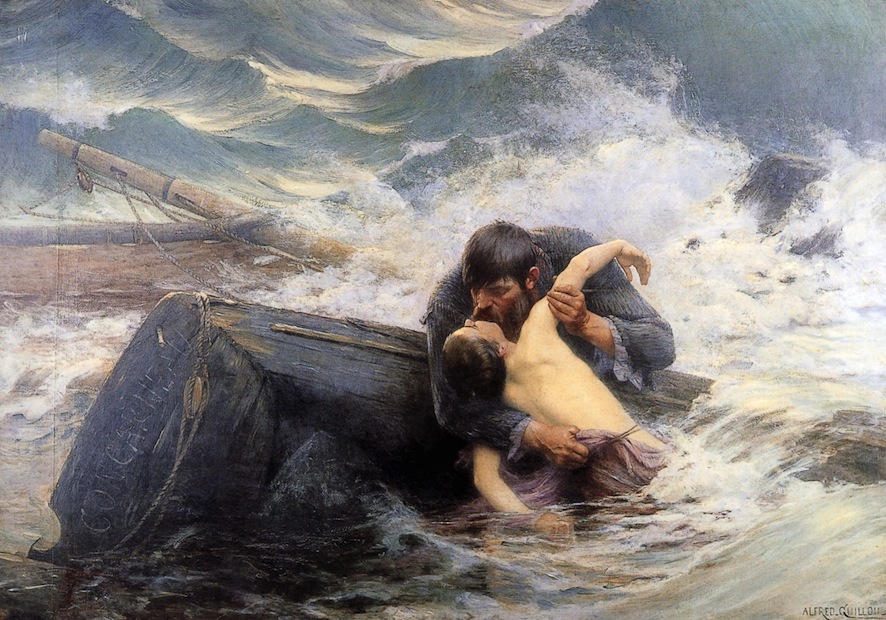I have a shot of espresso every afternoon. I love it. I’ve learned a lot about tasting and noticing flavors. Woodsy, dirty, sweet, astringent, blueberry, raspberry, tart, caramel, dark chocolate, milk chocolate, hazelnut, etc.
When you get good at something you can get snobbish. It’s your right. But with espresso I’m surprised how wide the range of “good” is, and how I’m pleased as punch with anything within that range.
I feel the same about design and, in many ways, business in general. There’s a wide range of good. There’s an hundred possible potential good outcomes for my design of Think Traffic or for the eventual offering of Fizzle.
Make sure you know what good is… for you, your business, your people. Do the work to know what success looks like, what the desired outcome actually is, what makes it balanced, not too acidic, not too boring.
Then, don’t waste a bunch of energy and effort splitting hairs that may not matter. Bring out the flavor of the bean and let it be.

